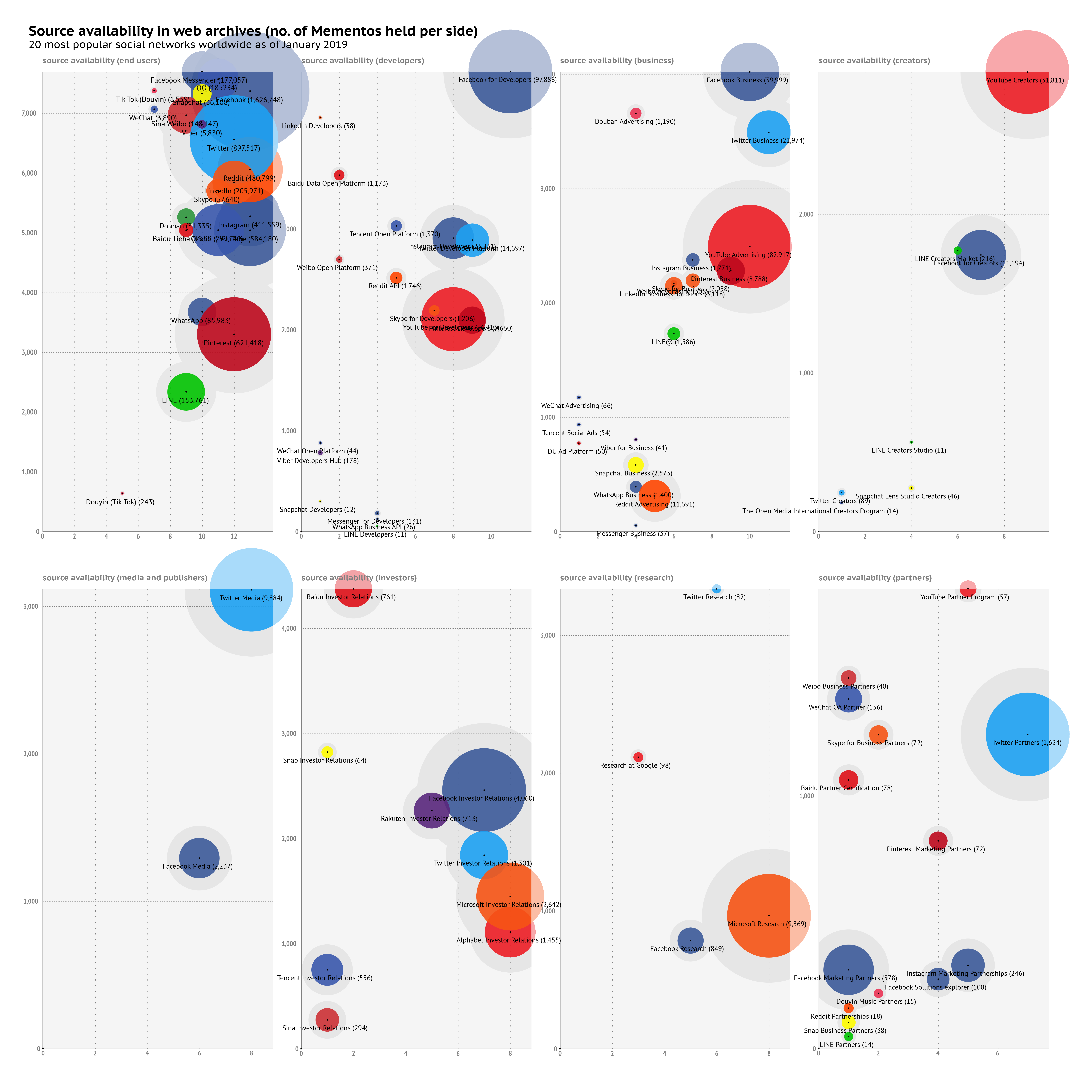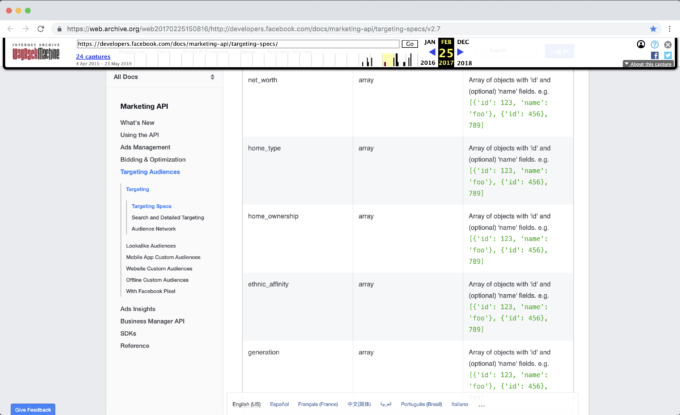We just published a new article (open access🔓) on doing historical platform studies: Anne Helmond and Fernando van der Vlist (2019) “Social Media and Platform Historiography: Challenges and Opportunities.” TMG – Journal for Media History 22(1): 6–34. http://www.tmgonline.nl/articles/434/
Abstract
In this article, we propose a methodological outlook for historical platform studies to increase the prominence of platform historiography in the field and practice of web history and archiving. We discuss the challenges of social media archiving and the research opportunities for ‘platform’ historiography by focusing on the distinctive characteristics of web-based social media ‘platforms’. Based on our review of the literature, we argue that it is critical to foreground how contemporary platforms serve multiple user groups beyond end users (e.g. developers, business, investors) and how they operate on multiple levels (e.g. interface, architecture, ecosystem). By attending to the multiple sides and layers of social media beyond their end users only, we can reconstruct histories of platforms, not only as social networks, but also as technical artefacts, business organisations, and more. A focus on the materiality of platforms introduces numerous underutilised archived web sources that present significant entry points and research opportunities for platform historiography. We assess the availability of these archived sources across the leading web archives. Our results show that despite the challenges of social media archiving, platforms’ resources are in fact well-preserved if we look beyond their end-user interfaces. Drawing on illustrative examples, we discuss two sets of entry points and materials for platform historiography at length: first, for writing developer-side histories, and second, for business-side histories. We conclude with recommendations for platform historians and archiving practitioners and reflections on the future of platform historiography.

